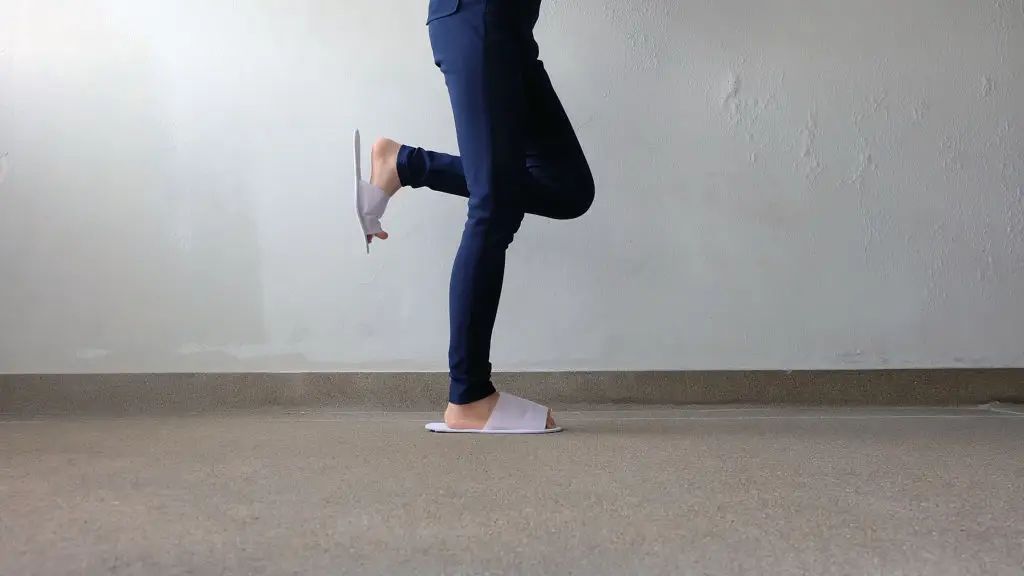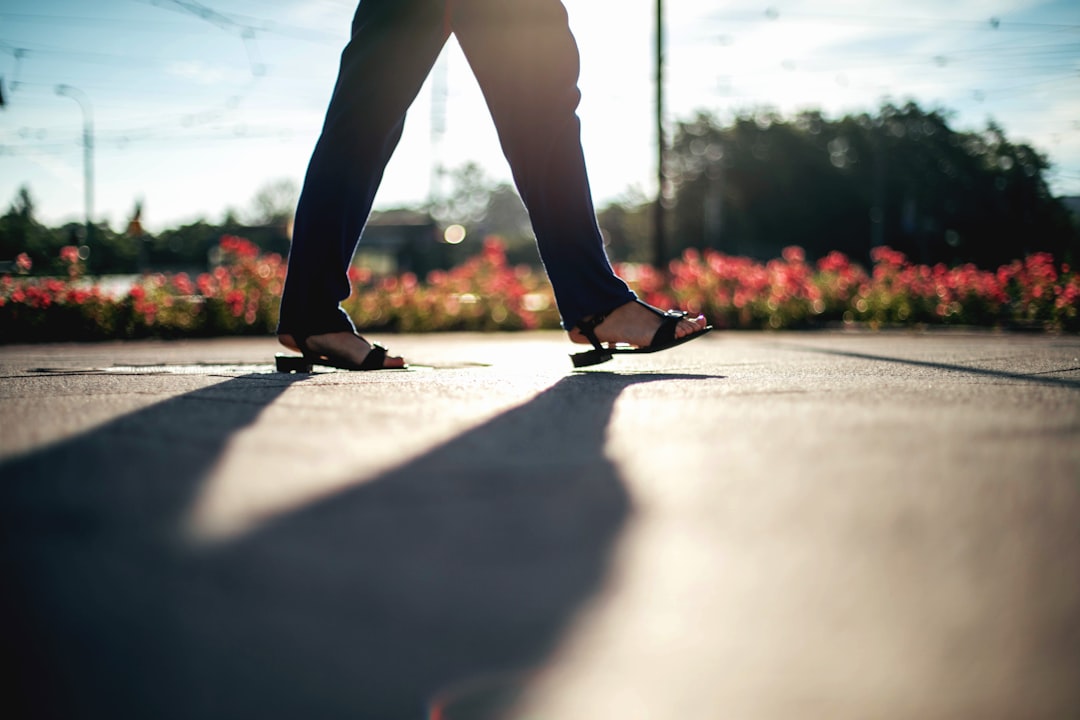5 Ageless Agility Secrets: Simple Moves to Preserve Your Power and Balance
Aging doesn’t mean giving up movement. It means choosing smarter, kinder ways to keep your body strong and steady. These five agility secrets focus on simple, repeatable movements that preserve the power you use every day — getting up from a chair, stepping around an obstacle, catching your balance. Each move is quick to learn, needs no fancy equipment, and can be scaled to match your current mobility. Practice feels different from perfection. A few minutes a day, added to existing routines like morning coffee or standing while brushing teeth, stacks into real resilience over weeks and months. Safety matters: if you have recent surgery, unstable medical conditions, severe dizziness, or are unsure about a movement, check with your healthcare provider before starting. Where helpful, I’ll offer progressions — from hands-on support to eyes-closed versions — so you can gently challenge your balance without risking a fall. One helpful research note: learning new coordinated skills, like dance patterns or paired tasks, has been shown to boost thinking speed and memory in older adults. That means some of these moves don’t just train your body; they train your brain too. Think of this guide as practical encouragement. Small steps. Steady gains. Real-life benefits.
1. Single-Leg Stands — Balance in a Minute

Single-leg stands are a foundational balance drill you can do while waiting for the kettle or brushing your teeth. Start next to a sturdy chair or countertop for light touch support. Stand tall, shift your weight into one foot, and lift the other foot just an inch or two off the floor. Hold for 10–20 seconds, then switch sides. Do two or three rounds per side to begin. If that feels easy, try letting go of the support and using your arms to steady balance instead of the countertop. A next step is closing your eyes for a few seconds — but only when you can do the supported version confidently. Benefits are immediate: single-leg time trains ankle reactions, hip stability, and the tiny muscles that catch you when you stumble. For those who find the full lift hard, try tapping the lifted foot gently to the back of the opposite ankle before returning to two feet. If you have knee pain or recent hip surgery, keep the lift small and ask your clinician about a tailored progression. The magic of this move is its accessibility; it turns idle moments into durability-building practice.
2. Heel-to-Toe Walking — Tighten Your Base

Heel-to-toe walking, also called tandem walking, sharpens foot placement and gait confidence. Find a clear, straight path a few yards long. Stand tall with eyes forward. Place one foot directly in front of the other so the heel of the front foot touches the toes of the back foot. Take slow, deliberate steps, swinging your arms naturally. Walk for 10–20 steps, turn, and repeat two to three times. If you feel unsteady, perform the same pattern near a wall for light touch or shorten the step distance. Focus on controlled posture: soft knees, engaged core, and gentle breath. This drill improves proprioception — your brain’s sense of where your feet are — which helps prevent trips on uneven sidewalks or carpet edges. Once the basic pattern is solid, try it while carrying a lightweight object or adding a small head turn to simulate real-world attention shifts. If dizziness occurs, stop and steady yourself. Heel-to-toe walking is practical training that maps directly to safer walking and steadier turns in daily life.
